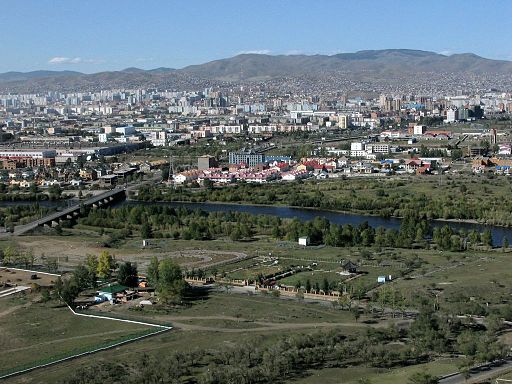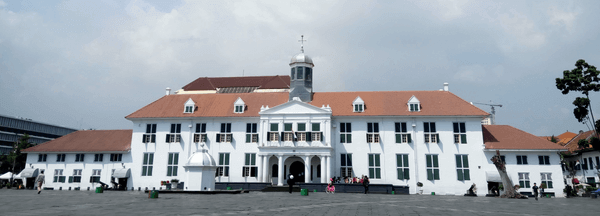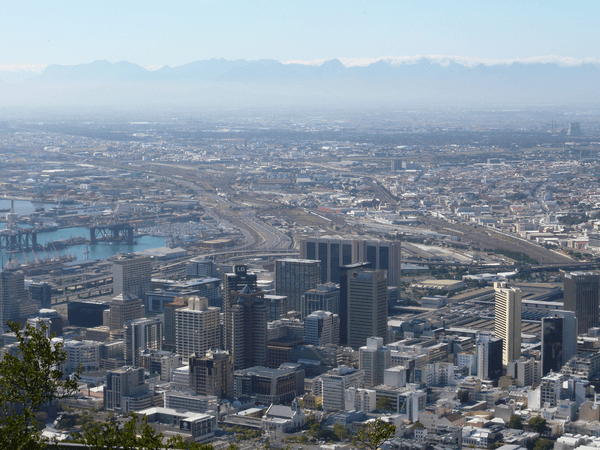Based on characteristics and development issues, there was the immediate need to conceptualise 3 types of Ger areas:
- central Ger areas, located near the built-up urban core of the city, with potential high level of access to infrastructure and services
- middle Ger areas, relying on tinkered water supply, pit latrines, poor roads, and level of waste collection and
- peri-urban Ger areas, characterised by day-to-day spatial expansion at the urban periphery with little or no access to infrastructure or services.
Implementation activities included developing a city-wide pro-poor Ger area upgrading strategy in the MUB, with urban development guidelines focusing on the three types of Ger areas mentioned above empowering Ger area communities through social mobilisation and organisation. Community-based assessment and prioritisation of local needs for Ger area upgrading and improving the quality of life by using community-led processes were further centrepieces.
An investment programme for upgrading three types of Ger areas in the MUB was planned and realised through preparation and implementation of Ger area Improvement Action Plans. The project also developed and implemented an institutional strengthening strategy with the involvement of Mongolian institutes and universities. For this purpose, knowledge-sharing and policy learning mechanism for national replication was formulated und implemented.
Project implementation was documented and monitored in order to continuously evaluate its progress and study progress steps in urban governance in the MUB. There the project management structure for this project included a Ulan Bator mayor-led inter-ministerial Policy Advisory Group PAG, with the participation of three deputy ministers of Finance, Construction, Urban Development, Social Welfare; an MUB-led Coordinating Working Group CWG, with heads of all departments and the Secretary of Ulan Bator Regional Council; and three Ger area upgrading issue-specific working groups IWG, with representatives from public and private sectors, civil society organisations, and international aid / donor agencies. Finally, the project was supported by a management team located at the MUB offices.
The project implemented four major components which related to project objectives:
1. empowerment of Ger area communities through social mobilisation and organisation;
2. community-based assessment and prioritisation of local needs for Ger area upgrading through community action planning CAP, a process developed by UN HABITAT;
3. improving the quality of life by using community-led processes;
4. documenting and monitoring project implementation progress and project evaluation, study of urban governance in MUB.
A time-line and detailed list of project activities is given below:
1. Setting up a strategy for Ger area upgrading was based on analytic study and conceptualisation of three types of Ger areas - central Ger areas; middle Ger areas; and peri-urban Ger areas
2. Official recognition by MUB and Mongolian government
3. City-wide pro-poor Ger area upgrading strategy:
• information inventory and sharing
• information collection, review and analysis
• setting strategy scope and Framework
• consultative preparation
4. From strategy to Policy:
• approved by the MUB Mayoral Council
• approved by Citizens’ Representative Council which advised the Mayor to implement
5. Detailed guidelines:
• redeveloping central Ger areas
• comprehensive upgrading in middle Ger areas
• incremental upgrading in peri-urban Ger areas
6. Community-led Ger area upgrading:
• social mobilisation and organisation
• community action planning
• community contracting



